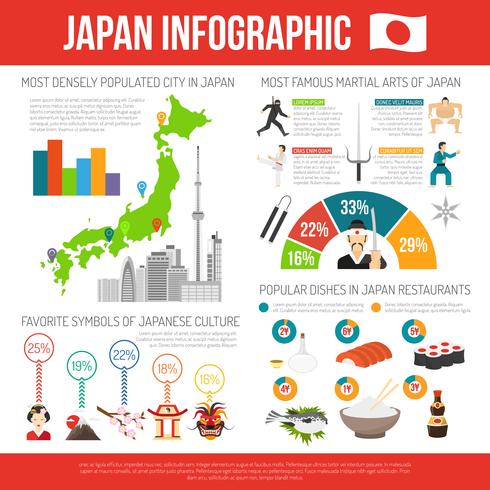Come Explore The Captivating World Of Martial Arts, Where Old Traditions Meet Modern Efficiency - A Trip Into Background And Ideology Waits For.
Come Explore The Captivating World Of Martial Arts, Where Old Traditions Meet Modern Efficiency - A Trip Into Background And Ideology Waits For.
Blog Article
Short Article By-Ingram Montoya
Enter the ancient world where martial arts were born out of necessity in varied areas. Cultures crafted special battling styles intertwined with historical contexts. Methods progressed over centuries via dedicated method and social exchanges. Today, modern-day martial arts blend typical components for optimal performance. Philosophically, martial arts emphasize self-control, self-improvement, and consistency. Respect, humility, and equilibrium are foundational concepts leading practitioners in the direction of development and durability. Discover read page of this abundant background and philosophy to uncover the profound impacts shaping this enduring technique.
Beginnings of Martial Arts
Martial arts came from numerous regions all over the world, progressing as useful combat systems to resist dangers. These ancient battling styles were established out of requirement, with each culture crafting techniques matched to their unique settings and obstacles. From the grappling arts of Jujutsu in Japan to the striking strategies of Martial art in China, martial arts were deeply intertwined with the historical, social, and cultural textile of their respective cultures.
In Japan, the samurai course refined martial arts like Kenjutsu, the art of the sword, which later on progressed into the extra popularized form of Kendo. At the same time, in Brazil, Capoeira became a mix of dancing and battle, developed by enslaved Africans as a way to resist fascism. what is martial arts all about fighting style carries with it a rich background and philosophy, mirroring the worths and ideas of individuals that exercised them.
As you look into the beginnings of martial arts, you reveal a tapestry of human ingenuity, durability, and the unrelenting spirit of warriors throughout time.
Advancement of Methods
Via centuries of technique and improvement, battle methods within different martial arts have actually undergone a profound development. From ancient styles like Kung Fu and Martial arts to much more modern-day self-controls such as Brazilian Jiu-Jitsu and Krav Maga, the evolution of strategies has been driven by a mix of social impacts, useful applications, and technical innovations.
One substantial facet of this advancement is the cross-pollination of methods in between various martial arts. For instance, methods from traditional Japanese Jiu-Jitsu were included right into the development of Judo by Jigoro Kano in the late 19th century. This mixing of designs has brought about the advancement of hybrid martial arts like Mixed Martial Arts (MMA), which combine elements of striking, grappling, and submission methods.
Furthermore, the advancement of strategies has actually been formed by the increasing focus on performance and efficiency in battle. hop over to this site have continuously looked for to improve their strategies through rigorous training, trial and error, and competitors, resulting in the development of highly specialized and effective combating styles. On the whole, the evolution of techniques in martial arts mirrors the dynamic nature of combat and the continuous quest for improvement and technology.
Thoughtful Structures
Discovering the underlying thoughtful principles of martial arts gives understanding into their core worths and guiding beliefs. At the heart of many martial arts techniques is the concept of technique itself. By educating your body and mind to function as one natural device, you cultivate discipline that expands past the dojo or gym right into daily life. This discipline encompasses regard, humbleness, and self-control, shaping not just your physical abilities yet also your personality.
Another basic philosophical structure in martial arts is the idea of continuous self-improvement. The journey of grasping a martial art is continuous, with specialists regularly striving to better themselves, both physically and psychologically. This concentrate on development cultivates durability, willpower, and a development way of thinking that can be applied to all facets of life.
Additionally, martial arts stress the relevance of harmony and equilibrium. Methods are developed to utilize an opponent's energy against them, highlighting the principle of yielding and redirecting pressure as opposed to meeting it head-on. This ideology includes interpersonal connections, promoting peaceful resolutions and mutual understanding. By welcoming these philosophical structures, martial musicians not only improve their battle abilities but likewise cultivate a way of life centered on individual development, respect, and harmony.
Conclusion
Finally, the background and ideology of martial arts use a rich tapestry of practice, self-control, and self-improvement.
Consider example the tale of Bruce Lee, that transformed martial arts by blending different styles and philosophies to develop his very own distinct type of Jeet Kune Do.
Via devotion and technology, martial artists remain to push limits and motivate others to reach their full possibility both in battle and in life.
